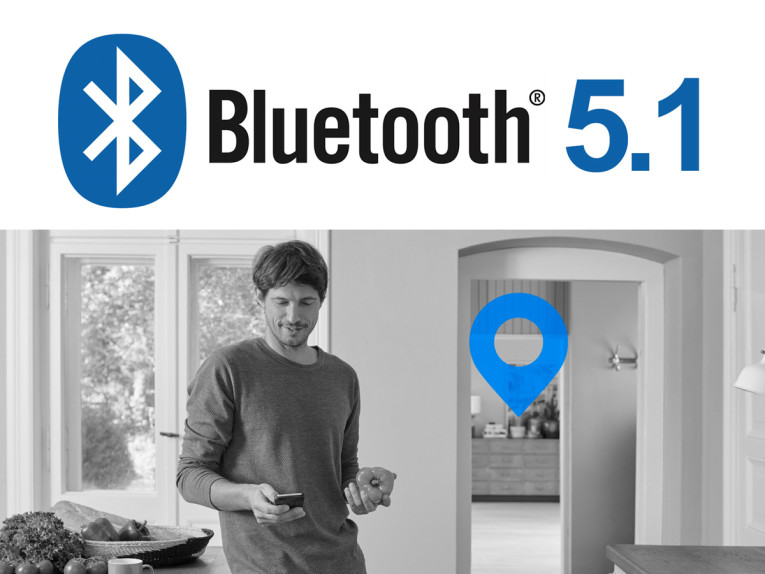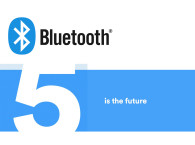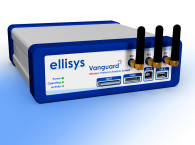
Bluetooth location services solutions generally fall into two categories; proximity solutions and positioning systems. Today, proximity solutions use Bluetooth to understand when two devices are near each other, and approximately how far apart. They include item finding solutions such as personal property tags, as well as point-of-interest (PoI) information solutions like proximity marketing beacons. By including the new direction finding feature, Bluetooth proximity solutions can add device direction capability. For example, an item finding solution could not only let a user know when a personal property tag is nearby, but also in what direction, greatly enhancing the user experience.
Positioning systems use Bluetooth to determine the physical location of devices and include real-time locating systems (RTLS), such as those used for asset tracking, as well as indoor positioning systems (IPS), like those for indoor wayfinding. Until now, Bluetooth positioning systems could achieve meter-level accuracy when determining the physical location of a device. By adding the new the direction finding feature, these positioning systems could improve their location accuracy down to the centimeter-level.
"Bluetooth has emerged as the technology of choice for location services, allowing companies to build robust, reliable solutions for the wide variety of organizations that require accurate location to power their businesses," says Fabio Belloni, chief customer officer and co-founder of Quuppa. “Today’s introduction of a standard approach to Bluetooth direction finding promises to open up even more opportunities for us, our partners, and our customers.”
Quuppa, whose Quuppa Intelligent Locating System is based on a combination of Bluetooth Low Energy (BLE) along with proprietary algorithms developed over the course of 15 years, offers one of the world’s most advanced indoor positioning solutions for organizations in manufacturing and logistics, transportation, retail, healthcare, and other industries where knowing the precise location of people and assets is critical.

“Location services is one of the fastest growing solution areas for Bluetooth technology, and is forecasted to reach over 400 million products per year by 2022,” states Mark Powell, Bluetooth SIG Executive Director. “This is great traction and the Bluetooth community continues to seek ways to further grow this market with technology enhancements that better address market needs, demonstrating the community’s commitment to driving innovation and enriching the technology experience of users worldwide.”
“Since the introduction of Bluetooth Low Energy in 2010, developers have been able to leverage Bluetooth to create powerful, low cost location services solutions for a variety of applications spanning across consumer, retail, healthcare, public venues, and manufacturing environments,” adds Andrew Zignani, Senior Analyst, ABI Research. “The new direction finding feature can help Bluetooth better address the varied and evolving needs of the location industry, enabling more flexible, scalable and future-proof deployments that will further accelerate the adoption of Bluetooth for location services in existing markets, while unlocking additional business opportunities for new applications and use cases.”
The direction finding feature is included in version 5.1 of the Bluetooth Core Specification, which is now available to developers as of today, and can be found here: https://www.bluetooth.com/specifications/bluetooth-core-specification
In addition, Launch Studio, the Bluetooth SIG tool used to qualify new Bluetooth products, is being updated to support this feature and is also available to developers.
www.bluetooth.com






